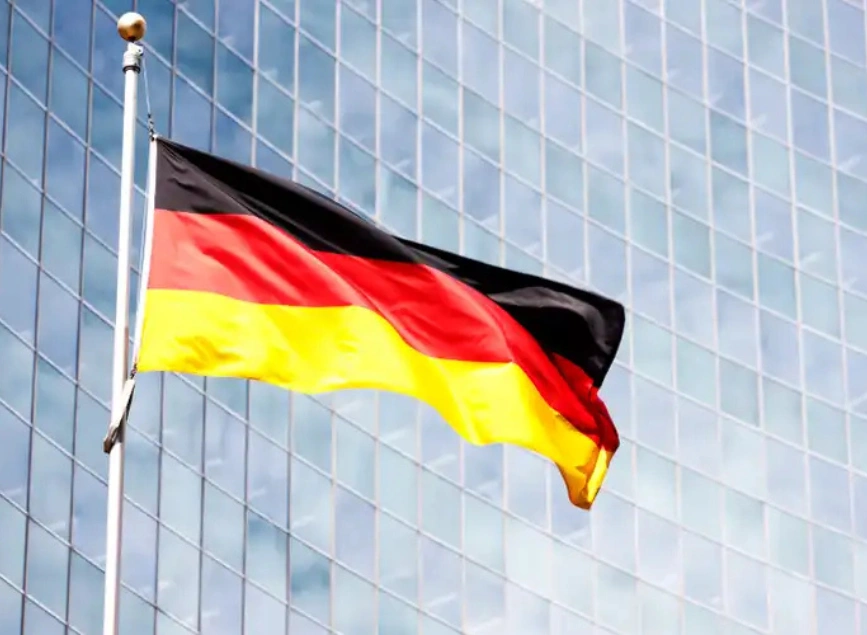
Germany’s Manufacturing PMI Shows Signs of Recovery in 2025
Germany’s manufacturing sector is showing early signs of recovery, as the HCOB Manufacturing Purchasing Managers’ Index (PMI) rose to 46.1 in February 2025. This marks an increase from 45.0 in January, surpassing market expectations of 45.5 and reaching its highest level in 24 months.
Despite this improvement, the index remains below the critical 50-point threshold, indicating that the sector is still in contraction. However, the slowdown in factory output is now at its weakest rate in nine months, easing some of the downward pressure on the overall private sector.
While the decline in new orders has softened, job losses in the manufacturing sector have deepened compared to the previous month. On a positive note, input costs have decreased at a faster pace, signaling reduced production expenses for manufacturers. However, business confidence among producers has dipped since last month.
Why Does This Matter?
The increase in Germany’s manufacturing PMI to 46.1 signals a slight reduction in downward pressure on production, even though the sector remains in contraction territory.
Lower Production Costs
Falling input prices could help reduce manufacturing costs, potentially boosting profit margins for producers.
Employment Concerns
The ongoing decline in manufacturing jobs raises concerns about Germany’s labor market, highlighting potential economic vulnerabilities.
Impact on the Eurozone Economy
As Europe’s largest economy, Germany’s manufacturing performance has a direct influence on the broader Eurozone’s economic growth prospects.
Economic and Market Implications
The Purchasing Managers’ Index (PMI) is a vital economic indicator that measures the health of the manufacturing sector.
- A PMI reading above 50 signals expansion, while a reading below 50 indicates contraction.
- An increasing PMI suggests stronger demand, rising production, and job creation.
- A declining PMI reflects economic slowdown and reduced consumer demand.
Effects on Financial Markets and Currency
Strengthening the Euro (EUR): A rising PMI can boost investor confidence, potentially strengthening the euro as economic recovery hopes grow.
Impact on German Stocks: Industrial and manufacturing stocks may see price increases in response to positive PMI data.
Influence on ECB Policy: A slight recovery in PMI could encourage the European Central Bank (ECB) to maintain its accommodative monetary policy stance.
Geopolitical and Global Implications
Effect on the Eurozone: As the powerhouse of the Eurozone, a recovery in Germany’s manufacturing sector could stimulate economic growth across the region.
Export Challenges: The continued decline in new orders highlights export-related struggles, particularly in trade with the U.S. and Asia, affected by global trade tensions and China’s economic slowdown.
Trade Policy Impact: Falling input costs may enhance Germany’s export competitiveness, potentially improving its global trade position.
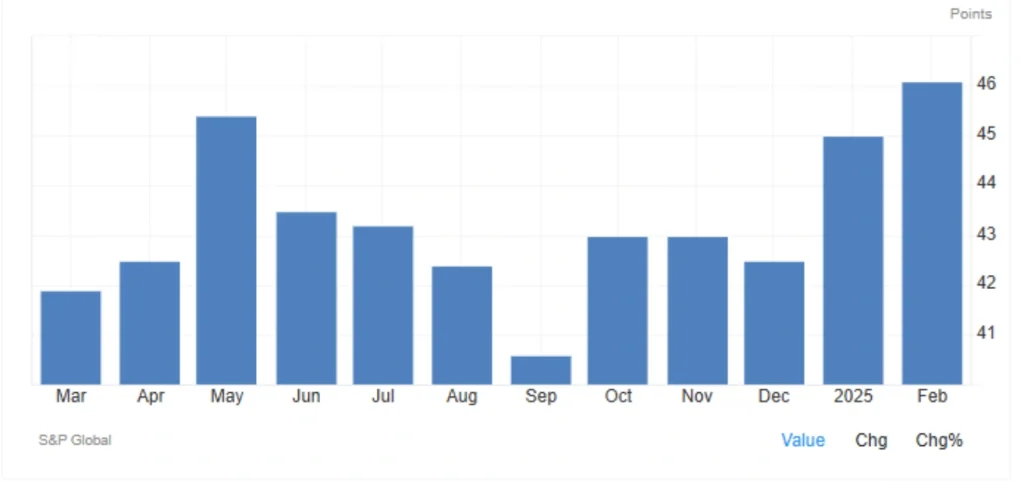
Understanding the Manufacturing PMI
What Is the Manufacturing PMI?
The Purchasing Managers’ Index (PMI) is a leading economic indicator that measures the economic health of the manufacturing sector. It is calculated based on five key components:
- New Orders (30% weight)
- Production (25% weight)
- Employment (20% weight)
- Supplier Delivery Times (15% weight)
- Inventory Levels (10% weight)
A reading above 50 indicates growth, while a reading below 50 signals contraction.
How Does PMI Influence the Economy and Markets?
An Increase in PMI:
- Reflects economic improvement and rising consumer demand.
- Positively impacts stock markets and currency value due to anticipated growth.
A Decrease in PMI:
- Signals economic slowdown and reduced consumer demand.
- Negatively affects financial markets and currency due to recession fears.
Outlook and Future Predictions
The 1.1-point increase in Germany’s manufacturing PMI reflects a slight easing of downward pressure on production, although the sector remains in contraction.
Falling input costs could improve manufacturers’ profitability, but the continued decline in employment raises concerns about a potential labor market downturn.
The European Central Bank (ECB) is likely to approach monetary policy changes with caution in response to these mixed signals.
While a positive impact on the euro (EUR) and German stock markets is expected, export challenges—particularly from global trade tensions—will remain a key hurdle for the German economy in the coming months.
Share
Hot topics

What Is a Forex Robot and How Does It Work?
If you hang out with traders, in person, online, on Telegram or YouTube, you’ve probably seen someone talking about “Forex bots” or trading robots that can do some of the...
Read more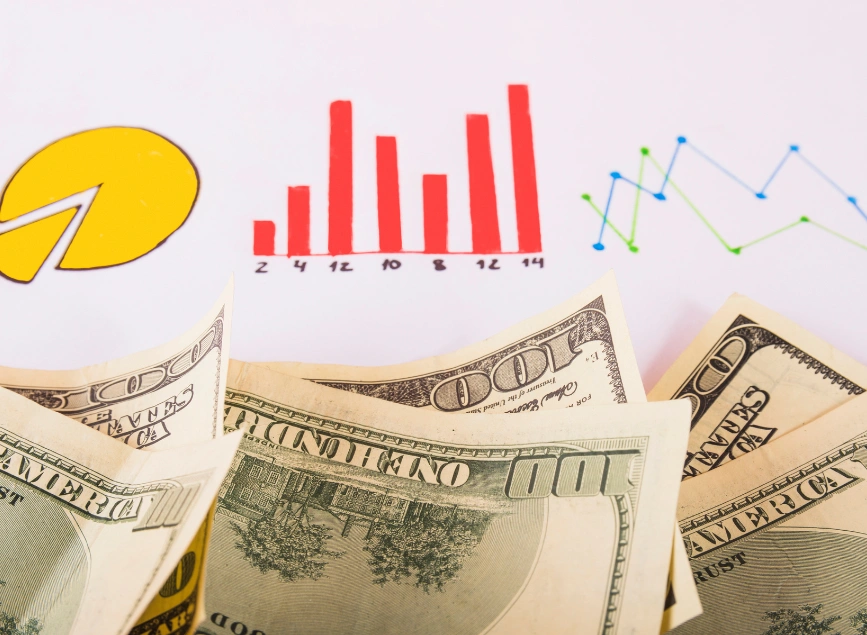
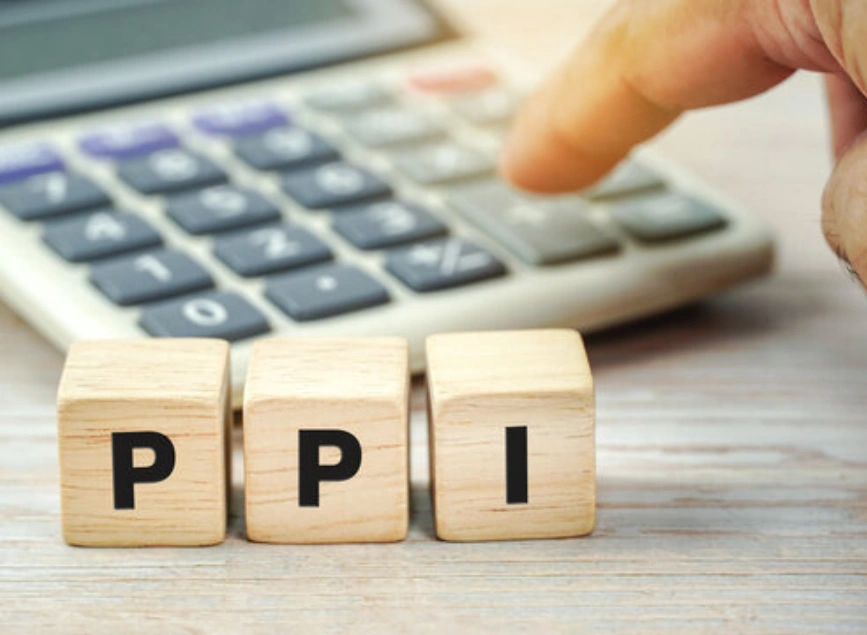
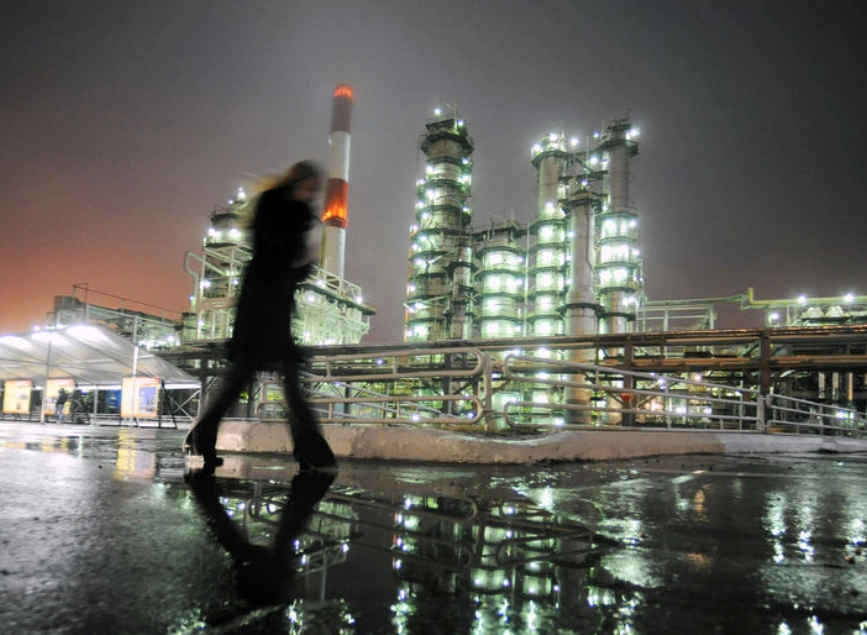
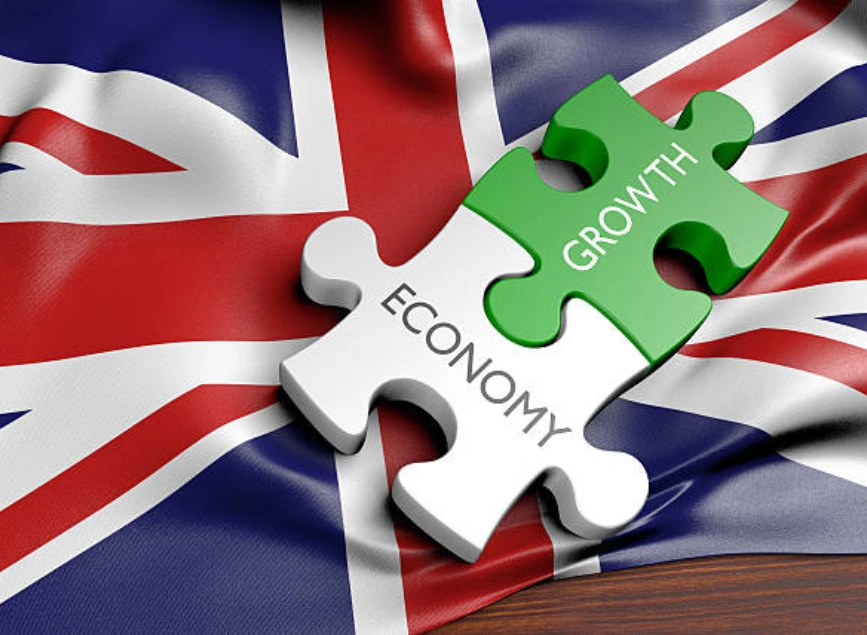

Submit comment
Your email address will not be published. Required fields are marked *